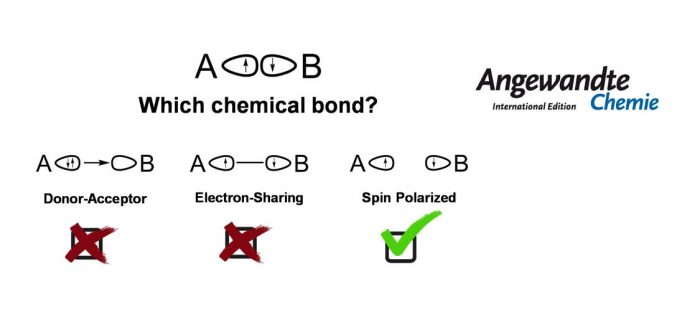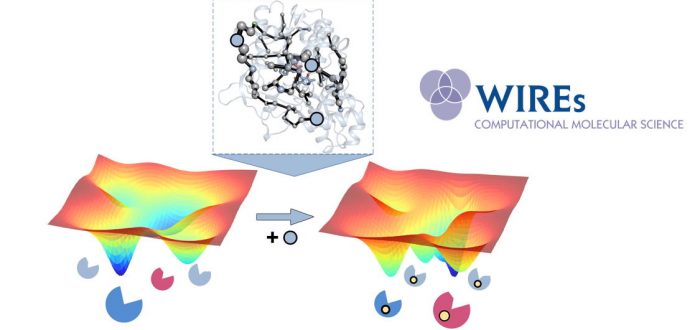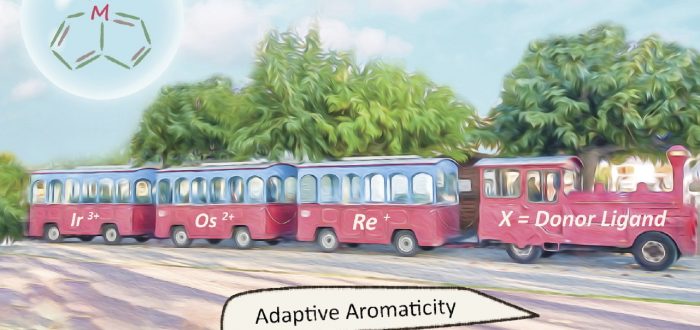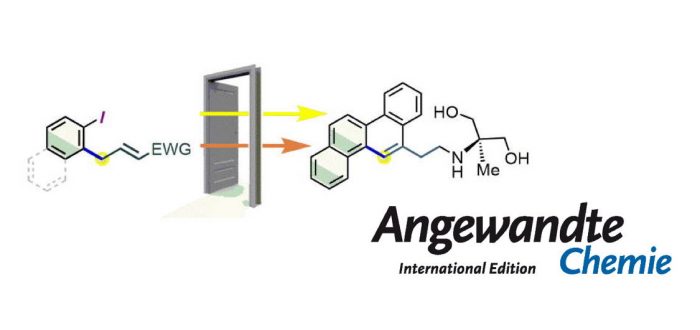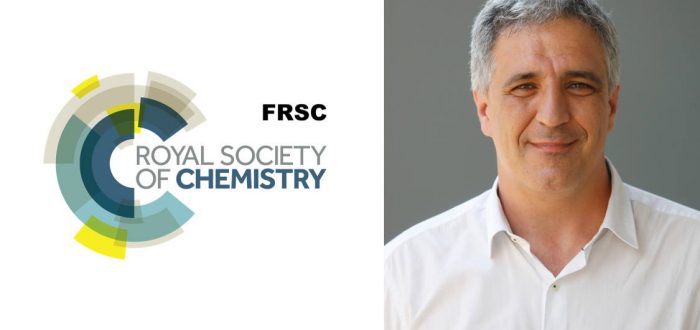What is a chemical bond? The chemical bond is a central concept for describing and predicting molecular structure and reactivity. Since a chemical bond does not have an operator in quantum mechanics, there is no exclusive approach to describe it unequivocally. A fundamental approach towards understanding its properties consists in classifying the electron-pair interactions between
- sec.iqcc@udg.edu
- +34 972 41 83 57
Month: September 2020
The interconversion of non-activated alkenes and alcohols, catalysed by (de)hydratases, has great potential in biotechnology for the generation of fine and bulk chemicals. LinD is a cofactor-independent enzyme that catalyses the reversible (de)hydration of the tertiary alcohol (S)-linalool to the triene b-myrcene, and also its isomerization to the primary alcohol geraniol. In this collaboration project
Many computational enzyme design approaches have been developed in recent years that focus on a reduced set of key enzymatic features. Initial protocols mostly focused on the chemical steps(s) through transition state stabilization, whereas most recent approaches exploit the enzyme conformational dynamics often crucial for substrate binding, product release and allosteric regulation. The detailed evaluation
Chemistry-A European Journal in one of its upcoming issues will feature on the front cover work from the group of Prof. Solà and co-workers, which accompanies the paper titled “Probing the origin of adaptive aromaticity in 16?valence?electron metallapentalenes”. In the Cover Profile, the authors explain to the reader the background of the scientific merits of the
A metal-free C-H allylation strategy is described to access diverse functionalized ortho-allyl-iodoarenes. The method employs hypervalent (diacetoxy)iodoarenes and proceeds through the iodane-guided “iodonio-Claisen” allyl transfer. The use of allylsilanes bearing electron-withdrawing functional groups unlocks the functionalization of a broad range of substrates, including electron-neutral and electron-poor rings. The resulting ortho-allylated iodoarenes are versatile building blocks, with examples
Miquel Costas has recently been selected as a Fellow of the Royal Society of Chemistry (RSC). This scientific society, founded in 1980, aims to promote the understanding and advancement of the chemical sciences. Although the vast majority of more than 54,000 members of the association are British, this is also open to researchers from around

